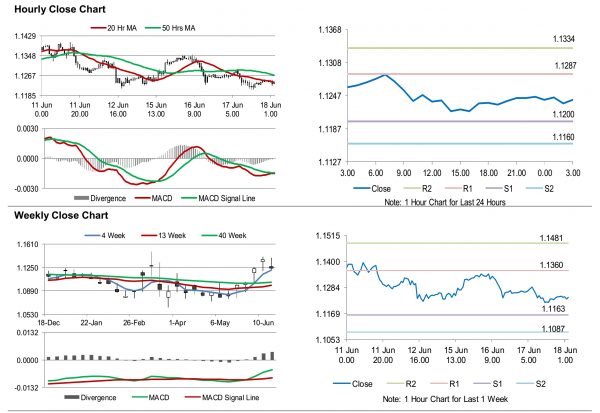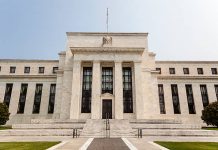For the 24 hours to 23:00 GMT, the EUR declined 0.14% against the USD and closed at 1.1245.
On the macro front, Euro-zone’s consumer price inflation slowed to 0.1% on a yearly basis in May, reaching its lowest since 2016 and compared to a level of 0.3% in the prior month. The preliminary figures had recorded an advance of 0.1%. Additionally, construction output declined 14.6% on a monthly basis in April, compared to a revised fall of 15.7% in the previous month.
In the US, building permits surged 14.4% to an annual rate of 1.22 million on a monthly basis in May, compared to a revised reading of 1.07 million in the previous month. Additionally, housing starts rose 4.3% to an annual rate of 0.97 million on a monthly basis in May, compared to a revised reading of 0.93 million in the earlier month. Moreover, the MBA mortgage applications climbed 8.0% in the week ended 12 June 2020, hitting its highest level since 2009 and compared to a rise of 9.3% in the prior week.
In the Asian session, at GMT0300, the pair is trading at 1.124, with the EUR trading marginally lower against the USD from yesterday’s close.
The pair is expected to find support at 1.1200, and a fall through could take it to the next support level of 1.1160. The pair is expected to find its first resistance at 1.1287, and a rise through could take it to the next resistance level of 1.1334.
In absence of key macroeconomic releases in the Euro-zone today, investors would direct their attention to the US Philadelphia Fed manufacturing survey for June and initial jobless claims, slated to release later today.
The currency pair is showing convergence with its 20 Hr moving average and trading below its 50 Hr moving average.














